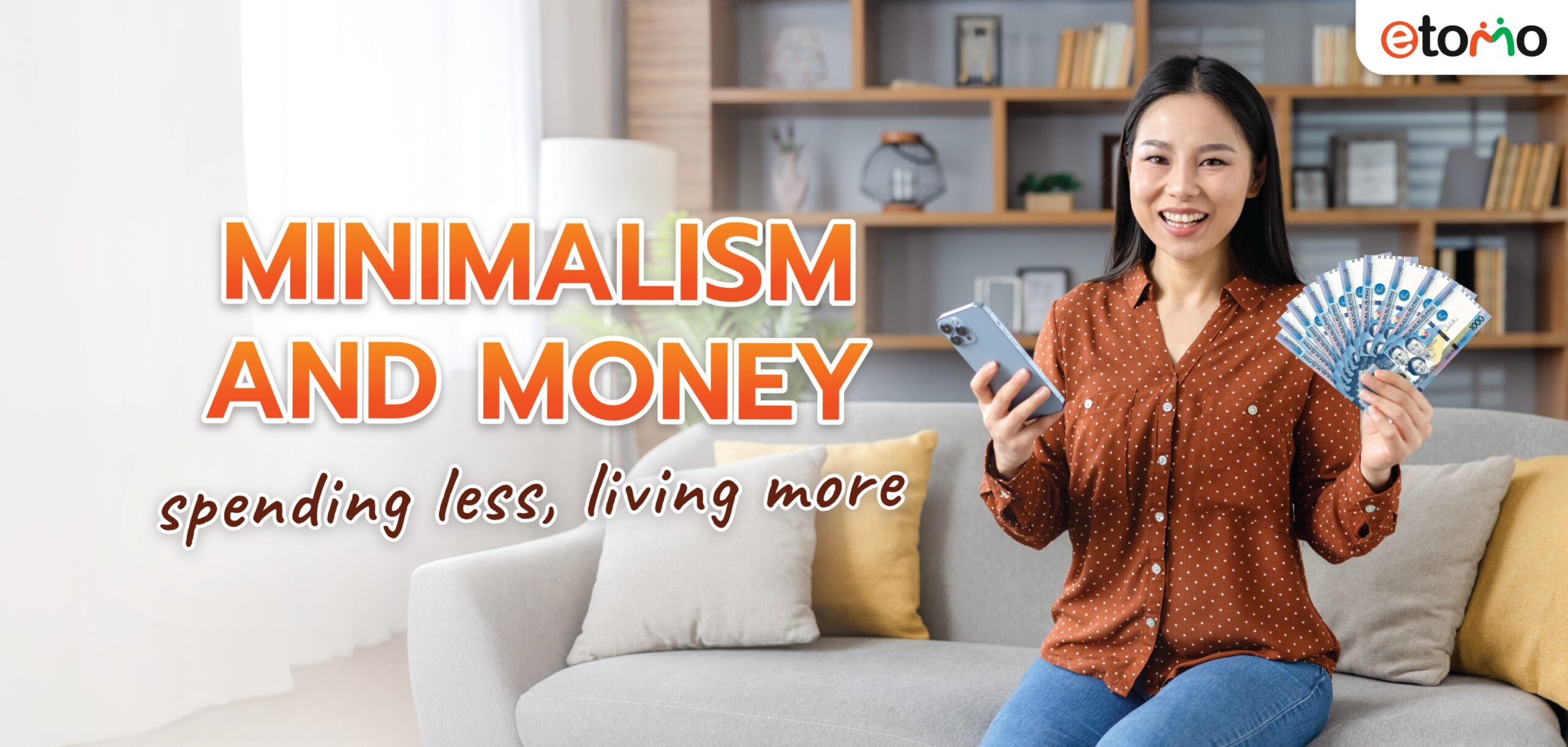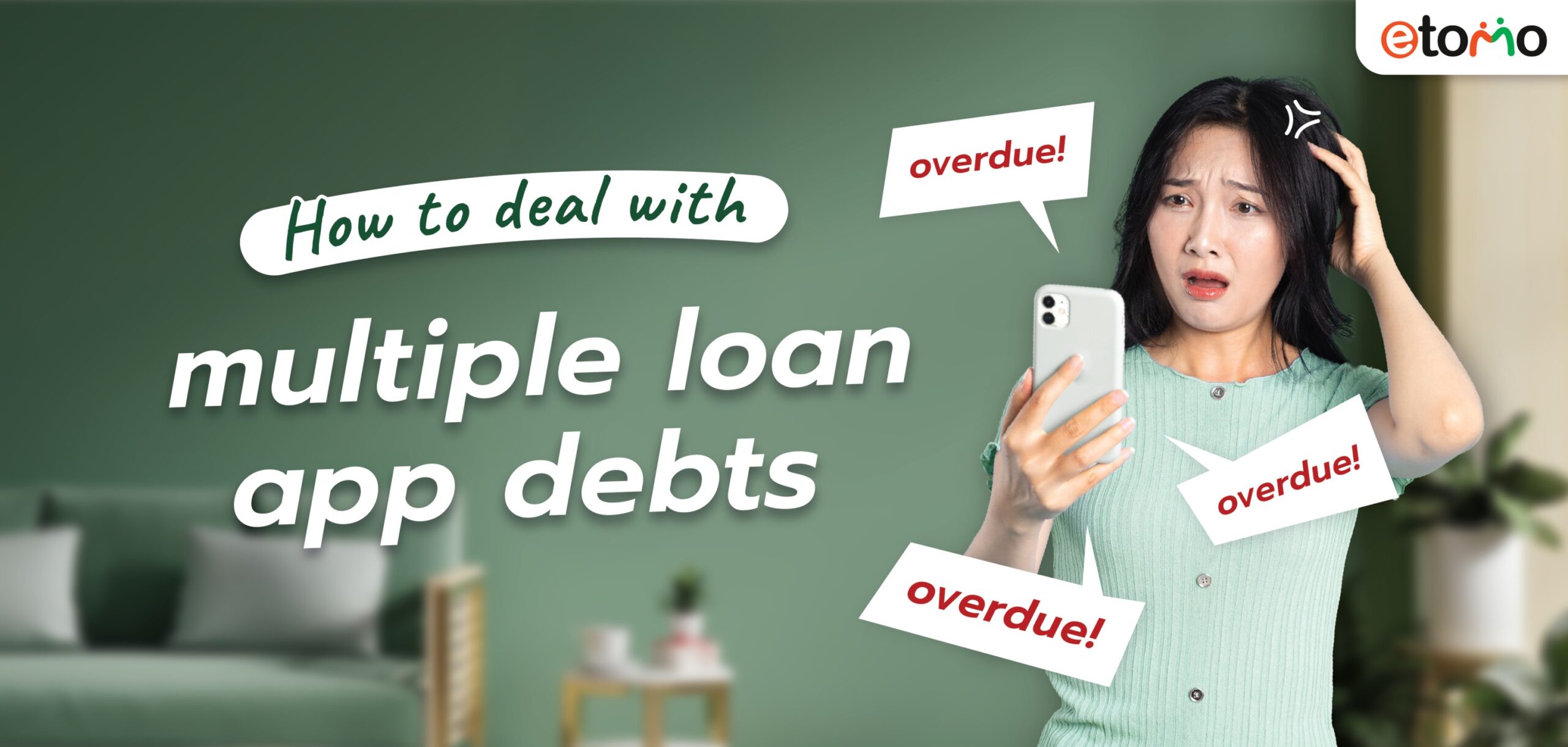Have you ever felt overwhelmed by how much stuff you own or how quickly your money disappears? In today’s consumer-driven world, it’s easy to get caught up in buying more — more clothes, more gadgets, more things that promise happiness but often leave you feeling cluttered and stressed. But what if spending less could actually help you live more fully?
Minimalism offers a fresh perspective. It’s not about giving up everything or living with nothing. Instead, it’s about intentionally choosing what truly adds value to your life and letting go of excess. When it comes to money, this mindset can transform how you spend, save, and enjoy life.
In this article, you’ll learn how minimalism can improve your financial well-being and help you focus on what really matters.
What is minimalism and how does it relate to money?
Minimalism is a lifestyle choice centered on simplicity and intentionality. When applied to money, it means spending consciously rather than mindlessly. Instead of accumulating things to fill a void or keep up with trends, you prioritize purchases that bring you joy, utility, or lasting value.
Why spending less can help you live more
1. Reduce financial stress and increase savings
By cutting out unnecessary expenses, you free up money that can go towards your goals—whether that’s paying off debt, building an emergency fund, or investing for the future. Imagine saving ₱5,000 a month by skipping impulse buys like frequent dining out or random online shopping. Over a year, that’s ₱60,000 more in your pocket!
2. Focus on experiences over things
Research shows that experiences—like travel, learning, or spending time with loved ones—bring more lasting happiness than material possessions. Instead of buying another trendy shirt, you could save for a weekend trip with friends or a special workshop that enriches your life.
3. Enjoy quality, not quantity
Minimalism encourages you to buy fewer but better-quality items. For example, instead of purchasing several inexpensive shoes that wear out quickly, you might invest in one durable, comfortable pair that lasts for years. This saves you money over time and reduces waste.
How to start practicing minimalism with your money
Step 1: Track and reflect on your spending
Start by reviewing your expenses over the past month. Where is your money really going? You might notice small daily costs—like a ₱150 coffee or ₱200 ride-share—that add up more than you expected. Recognizing these patterns is the first step to change.
Step 2: Declutter your financial commitments
Look at your subscriptions and memberships. Are you paying for services you rarely use? Cancel what’s unnecessary and redirect that money towards your priorities.
Step 3: Set clear priorities and a simple budget
Define what matters most to you. Maybe it’s financial freedom, a down payment on a house, or a memorable vacation. Align your spending with these goals and create a budget that reflects your minimalist values—less on stuff, more on experiences and savings.
Step 4: Practice intentional spending
Before each purchase, pause and ask yourself:
- Do I really need this?
- Will this add value to my life?
- Is this purchase aligned with my goals?
For example, you might see a ₱799 gadget on sale. Instead of buying it on impulse, you pause and realize you already have a similar item that works fine. Choosing not to buy saves you money and space.
Minimalism and money go hand in hand when you embrace the idea of spending less to live more. It’s about creating space—both financially and mentally—for what truly enriches your life. By adopting mindful spending habits, focusing on quality over quantity, and prioritizing your goals, you’ll find greater financial freedom and happiness.
Remember, minimalism isn’t about sacrifice; it’s about intentionality. Start small with one mindful purchase or one budget review, and watch how these simple steps can lead to a richer, more fulfilling life.






